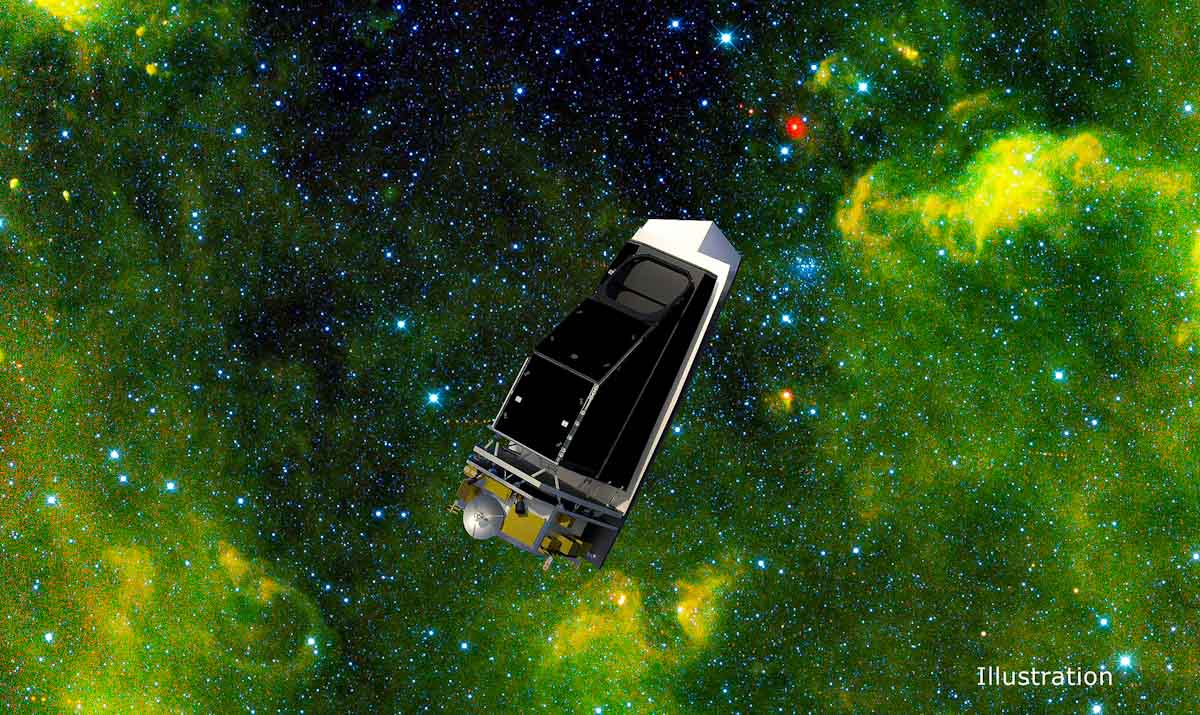In a significant stride for planetary defense, NASA has awarded SpaceX a $100 million contract to launch the Near-Earth Object (NEO) Surveyor mission aboard a Falcon 9 rocket. Scheduled for no earlier than September 2027, this mission aims to enhance Earth’s protection against potential asteroid and comet threats.
🚀NASA has selected @SpaceX‘s Falcon 9 rocket to launch NEO Surveyor!
NASA’s Near-Earth Object (NEO) Surveyor mission is a planetary defense space telescope that will look for asteroids and comets that could potentially pose a threat to Earth. Targeting launch NET Sept. 2027. pic.twitter.com/jbZoPGKhij
— NASA’s Launch Services Program (@NASA_LSP) February 21, 2025
The Imperative of Planetary Defense
The vastness of space harbors numerous near-Earth objects—asteroids and comets—that, if on a collision course with our planet, could cause catastrophic damage. Historical events, such as the Tunguska event in 1908, where a mid-air explosion of a space rock flattened approximately 80 million trees over an 800 square mile area in Siberia, underscore the potential devastation of such impacts. Recognizing this threat, NASA has prioritized the detection and monitoring of these celestial bodies to mitigate possible collisions.
Introducing the NEO Surveyor Mission
The NEO Surveyor is NASA’s inaugural space-based telescope specifically designed for planetary defense. Managed by the Jet Propulsion Laboratory (JPL), this mission aims to discover and characterize the majority of potentially hazardous asteroids and comets that venture within 30 million miles of Earth’s orbit. Utilizing advanced infrared sensors, the telescope will detect the heat signatures of these objects, enabling the identification of those that traditional visible-light telescopes might miss. This capability is crucial, as many NEOs are dark and reflect minimal sunlight, making them difficult to spot with existing ground-based observatories.
Strategic Positioning at L1
Upon launch, the NEO Surveyor will journey to the Sun-Earth L1 Lagrange point, located approximately 1.5 million kilometers from Earth. This vantage point offers a continuous, unobstructed view of space, allowing the telescope to monitor regions both inside Earth’s orbit and in the direction of the Sun—areas where traditional ground-based telescopes face observational challenges. By positioning the telescope at L1, NASA aims to enhance the detection rate of potentially hazardous NEOs, ensuring timely identification and tracking.
Collaborative Efforts with SpaceX
The selection of SpaceX’s Falcon 9 rocket for this mission underscores NASA’s confidence in the launch vehicle’s reliability and performance. The $100 million contract encompasses the launch service and associated mission-related costs. This collaboration marks the third planetary defense mission entrusted to Falcon 9, highlighting the growing partnership between NASA and SpaceX in safeguarding our planet.
Advancements in Detection Capabilities
The NEO Surveyor’s infrared technology represents a significant advancement over previous detection methods. Traditional telescopes rely on reflected sunlight, which can be deceptive, especially for asteroids with low albedo (reflectivity). In contrast, infrared observations detect the heat emitted by these objects, providing a more accurate assessment of their size and composition. This capability is vital for identifying “city-killer” asteroids—those large enough to cause regional devastation upon impact.
Mission Timeline and Development
As of February 2025, the NEO Surveyor mission has successfully completed its Critical Design Review, a pivotal milestone that validates the spacecraft’s design and paves the way for the fabrication of flight hardware. The mission is on track for a launch no earlier than September 2027. In January 2025, a major component of the spacecraft began testing for deep space operations, further demonstrating progress toward the mission’s objectives.
Global Implications and Future Prospects
The successful deployment and operation of the NEO Surveyor will significantly enhance Earth’s planetary defense capabilities. By identifying and tracking potentially hazardous NEOs with unprecedented precision, the mission will provide critical data to inform mitigation strategies, should a potential collision course be detected. Moreover, the mission aligns with international efforts to bolster planetary defense, fostering collaboration among space agencies worldwide.
The partnership between NASA and SpaceX for the NEO Surveyor mission represents a monumental step forward in protecting our planet from celestial threats. With advanced infrared technology and strategic positioning, the mission promises to revolutionize our understanding and monitoring of near-Earth objects, ensuring a safer future for generations to come.
